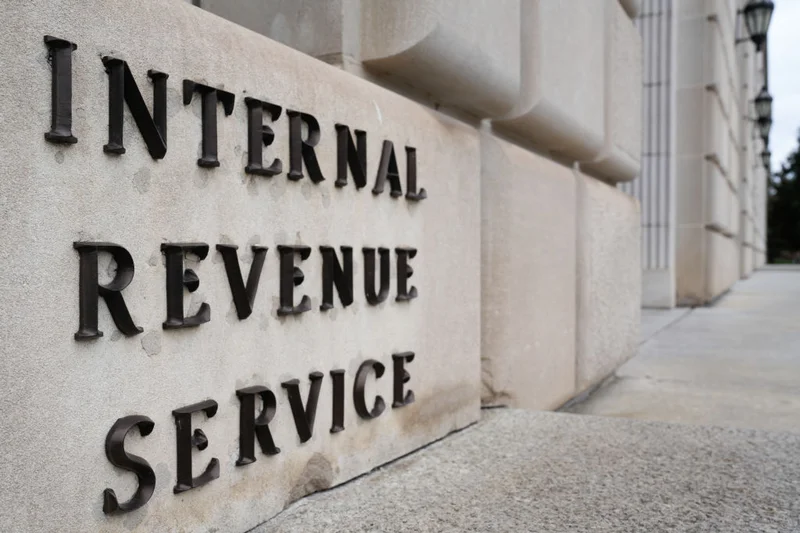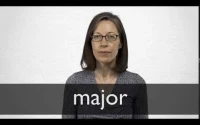# Stimulus Checks in 2025: Are More Payments Coming?
The term "stimulus check" has become a phantom limb in the American economy—a sensation of money that, for most, is no longer there. The era of broad, federally mandated, multi-trillion-dollar relief packages has definitively closed. Yet, the phrase persists, fueled by a chaotic mix of bureaucratic clean-up, state-level tax rebates, and politically expedient proposals that are more branding than budget.
If you’re waiting for a check from Washington with the President’s signature on it, you will be waiting a long time. The data is unequivocal: the national spigot is off. What remains is a fragmented landscape of financial relief, a patchwork quilt sewn from state budget surpluses and targeted tax policy. The question is no longer if the federal government will send money, but rather if your specific zip code places you in a pocket of state-administered generosity.
The Ghosts of Federal Stimulus
The Internal Revenue Service is, in fact, still issuing payments. The agency is in the process of distributing up to $1,400 per person to approximately one million taxpayers. But let's be precise. This isn't a new stimulus round. It’s a bookkeeping correction. These payments are for the 2021 Recovery Rebate Credit, targeting individuals who were eligible for the last major pandemic-era payment but failed to claim it on their tax returns. This is the final echo of a past policy, not the signal of a new one.
The political theater, however, continues. We've seen proposals floated that leverage the "stimulus" brand for entirely different purposes. Senator Josh Hawley’s "American Worker Rebate Act," for instance, proposes using tariff revenue to fund checks. More fantastical is the "DOGE stimulus," a concept tied to supposed savings from a new Department of Government Efficiency. The proposal initially touted a $5,000 payment, a figure that captures headlines but dissolves under scrutiny. The claimed savings are around $130 billion, which—if distributed—translates to roughly $800, to be more exact, $807 per taxpayer. This assumes the savings are real and that a deficit-laden Treasury wouldn't have to borrow to fund the payments in the first place.

Most recently, a Congressman’s Proposal Revives Talk of $2,000 IRS Relief Payment for Texans has emerged, framed as targeted disaster and inflation relief. While it cleverly uses the IRS infrastructure, it remains a regional concept contingent on congressional approval. These ideas are like ghost signals on a decommissioned radio frequency. They create noise, but they aren’t connected to a power source. What does it say about our economic discourse when political branding exercises gain this much traction? Are we replacing coherent fiscal policy with a series of disconnected, headline-grabbing cash giveaways?
A 50-State Lottery
The real story of financial relief in 2025 is happening at the state level, and it’s a study in divergence. The current system is like a shattered mirror; each state-level fragment reflects a tiny, distorted piece of the original, universal relief programs, but the complete picture is gone. Your eligibility for a payment is now entirely dependent on the fiscal health and political priorities of your state legislature.
We see a few distinct models emerging. States like Georgia and Virginia are running on budget surpluses (Georgia’s was a reported $11 billion), issuing direct rebates to taxpayers for the third consecutive year in Georgia’s case. This is fundamentally a tax refund, not an economic stimulus. Then you have states like New Jersey, New York, and Pennsylvania, which are targeting relief toward property taxes, often with a specific focus on seniors. New Jersey’s labyrinth of programs—ANCHOR, Senior Freeze, and the new Stay NJ 2025: New Property Tax Relief for New Jersey Seniors program—can provide significant relief, but requires navigating a complex, overlapping system. It’s a targeted solution to a specific demographic pressure point.
Other states are using different mechanisms. Michigan has expanded its Earned Income Tax Credit, embedding relief directly into the tax code for working families. This is a structural change, not a one-off payment. Colorado’s TABOR refunds are an outlier, a constitutionally mandated return of surplus revenue that operates automatically, independent of legislative whim. However, projections show these payments are set to drop precipitously, highlighting the volatility of relying on state windfalls.
I've analyzed dozens of state budgets, and this level of programmatic divergence is striking. It's less a national strategy and more a series of 50 different experiments running in parallel, with wildly different control variables. The inefficiency is palpable. In California, millions of dollars from the Middle Class Tax Refund program remain unspent because residents never activated the debit cards they were mailed. Imagine the quiet hum of a refrigerator in a kitchen as someone logs into their bank account, the cursor hovering over the balance. They're looking for a headline-making federal deposit, but instead, they find a cryptic state treasury credit for $250. The feeling isn't relief; it's confusion. Is this hyper-localized approach an efficient way to deliver aid, or does it simply exacerbate economic inequality between residents of "surplus" states and "deficit" states?
The Data Points to Disparity
The conclusion from the available data is clear: the era of universal, federally driven stimulus is over. The term "stimulus check" is now a misnomer, a marketing term co-opted by state governments for routine tax rebates and by politicians for speculative proposals. The payments that are coming are smaller, highly targeted, and entirely contingent on your home state's fiscal policy. We have transitioned from a national response to a national lottery. The story for 2025 and beyond is not one of shared relief, but of growing economic disparity dictated by state lines. The numbers don't show a nation getting a helping hand; they show a nation where your financial fate is increasingly tied to your zip code.









